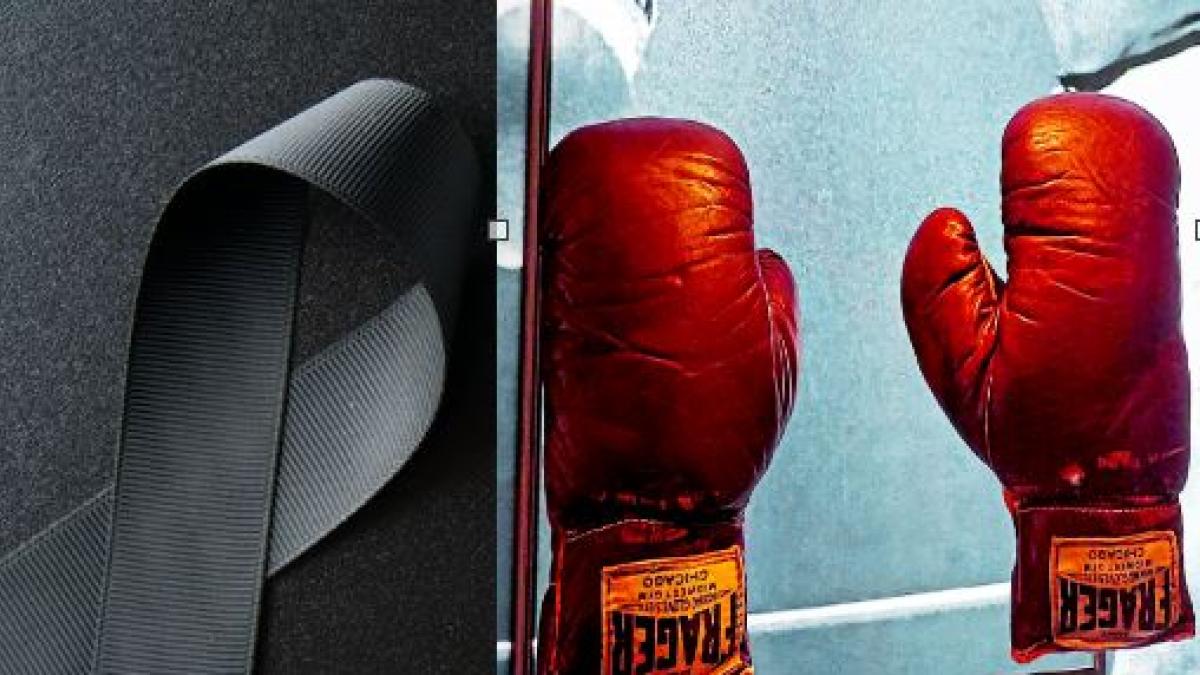The Copa Sudamericana was always the little sister of the Libertadores, little is said about it, but it has grown, it is beautiful and everyone loves it. Because…? Because the rivals are less powerful than those of the Libertadores and the rewards it gives are multiple and too attractive.
For starters, the title. Every international crown provides recognition (Independiente del Valle is a fresh example), brings greatness, values the champion’s soccer players, raises the self-esteem of its people. And then for the succulent prizes that it distributes. That in this edition they were increased by 30%. The champion will take, in total, 8,600,000 dollars. That they can climb to nine or more because, starting this year, each match won in the group stage has an additional prize of $100,000. And the ticket offices as a local, of course.
(Also read:
– Millionaires: this is their schedule of matches in the Copa Sudamericana
– Santa Fe, in the Copa Sudamericana: this is their match schedule
– Deportes Tolima: here is the schedule of games in the Copa Sudamericana
But the multiplier effect is vast: the winner qualifies directly for the next Libertadores, and enters the group stage, thereby securing another 3 million dollars. But, in addition, they play the South American Recopa with the winner of the Libertadores. The winner of the Cup Winners’ Cup takes another saddlebag with $1,800,000 and the loser 900,000. And there is the J.League-Sudamericana Cup, which is none other than the old Suruga Bank, which was held in Tokyo until 2019 and then was interrupted by the pandemic. If it resumes, the South American champion will also play it. So the little sister guarantees a bushy 2024 internationally.
Santa Fe, champion of the Copa Sudamericana in 2015
Hector Fabio Zamora. WEATHER Archive
There is an interesting side effect: increased interest in local championships to get a quota. The Sudamericana began on March 7, premiering a new format: of the 44 competitors that start the competition, 16 have already been left out, in the first week of the dispute, since they faced a single eliminatory match against a compatriot. The case of Tolima and Santa Fe, which cut short the dream of Junior and Aguilas Doradas. And on Tuesday the group stage will begin, with the addition of Argentines and Brazilians. In total, 56 teams will take part in the competition, the 44 classified directly by the tournaments of their country and 12 that fall from the Libertadores when they are eliminated from it (the case of Millonarios). That makes it more difficult, because it is assumed that those who play Libertadores are one step above, they have a higher current status. And it has been proven: in 2020 and 2022 Defensa y Justicia and Independiente del Valle were crowned respectively, coming from the greater competition.

Independiente del Valle won the Copa Sudamericana last year.
Eph. WEATHER Archive
One sees unknown names like Academia Puerto Cabello, from Venezuela, or Magallanes, from Chile, but also a lot of pedigree: Six Libertadores champions compete: Estudiantes, San Lorenzo, São Paulo FC, Santos, Peñarol, Liga de Quito, three runners-up: Newell’s Old Boys, Universidad Católica de Chile, Universitario, and two South American champions: Cienciano and Independiente Santa Fe. Conmebol set out to prioritize the tournaments and has achieved it based on obtaining top-level international sponsors such as Qatar Airways, Amstel, MasterCard, Ford, EA Sports, Gatorade, Santander, Rexona, Bridgestone, BetFair, Nike, DHL and the brand new and perhaps most powerful: Coca Cola. This made it possible to considerably increase the prizes and thereby raise the level of self-demand of the participants. The dollars are the carrot.
Argentina and Brazil dominate the history of the South American
The ordering of the 21 champions so far highlights 9 from Argentina, 5 from Brazil, 1 from Peru, 1 from Mexico, 1 from Chile and 1 from Colombia. Merit of Argentine soccer because it was not that a club monopolized the titles, it had seven different champions: Boca Juniors (twice), Independiente (two-time champion), Lanús, River, San Lorenzo, Arsenal, Defensa and Justicia.

Defense and Justice, champion of the South American 2020.
Those who would give an arm to register their name in the winners’ table are the Uruguayan clubs: Peñarol, dominator of America in the 1960s, has gone 36 years without an international conquest. And that, given the structure of the Uruguayan championship, almost always classifies Libertadores or Sudamericana. And Nacional, the last Uruguayan champion, celebrated in 1988. Yellowish photos. The Charrúas stumble every year with two insurmountable obstacles: a smaller budget than the vast majority of countries, which makes it difficult for them to make large-scale contracts and, secondly, the increasingly early emigration of values, which prevents them from taking advantage of them in international competitions. . Any crack prospect that shows up in Montevideo leaves at 18. They are even transferred before that age, but by Fifa rules they are expected to turn 18 to transfer them. This is the case of Federico Valverde and Facundo Pellistri. Darwin Núñez and De Arrascaeta left at 20. Any item in good condition emigrates at those ages. This takes away a high percentage of competitiveness.
No team from Paraguay was crowned in 21 editions of the Copa Sudamericana. And Olimpia was the last to establish himself in the Libertadores (2002, 21 years ago), which confirms the pronounced decline of the Guarani in clubs and national teams, since they did not qualify for the last three World Cups either. The Uruguayans at least continue to procreate soccer players, the Paraguayans almost nothing. Going up north, it is very difficult for a Peruvian representative to give a champion kick. In 224 international contests on the continent, they won two, both through the so-called “Cienciano miracle”. Not much is expected of Bolivians and Venezuelans. Neither of Chileans, very skinny in terms of clubs, among the poorest in the region, especially in this millennium.
In such a way that, of the statements, there are three with great title possibilities, obviously Argentines and Brazilians and, apart from them, the Ecuadorians, with three titles and one subtitle in the last fourteen years.. Liga de Quito is always a good candidate. Emelec too, are strong institutions, with large stadiums and fans. And, if they fell from the Libertadores, Barcelona and Independiente del Valle (it already did it last year and turned Olympic).
Colombian clubs cannot boast of many conquests in the history of the South American, just Santa Fe in 2015. Atlético Nacional was able to be crowned in 2016, but in a monumental gesture of Fair Play he ceded that honor to Chapecoense, crashed with the plane shortly after arrive in Medellin.

Attendees paid tribute to the Chapecoense soccer team on Wednesday, November 30, 2016, in Medellín.
Mauricio Duenas / EFE
For this reason, more than ever, it is an unmissable opportunity for Millonarios, Tolima and Santa Fe to win everything: glory and loot. But you have to enter to win the Cup, not just to participate.
last tango
Jorge Barraza
For the time
@JorgeBarrazaOK
More sports news
– Piqué, unleashed, goes against Shakira and her fans: “The p… loves I don’t know what”
– Ángel Barajas, at 16, is the new gymnastics world champion
– Liverpool, without Luis Díaz, continues to fall: see the win against Manchester City
#South #American #Cup #glory #booty #tango #opinion









